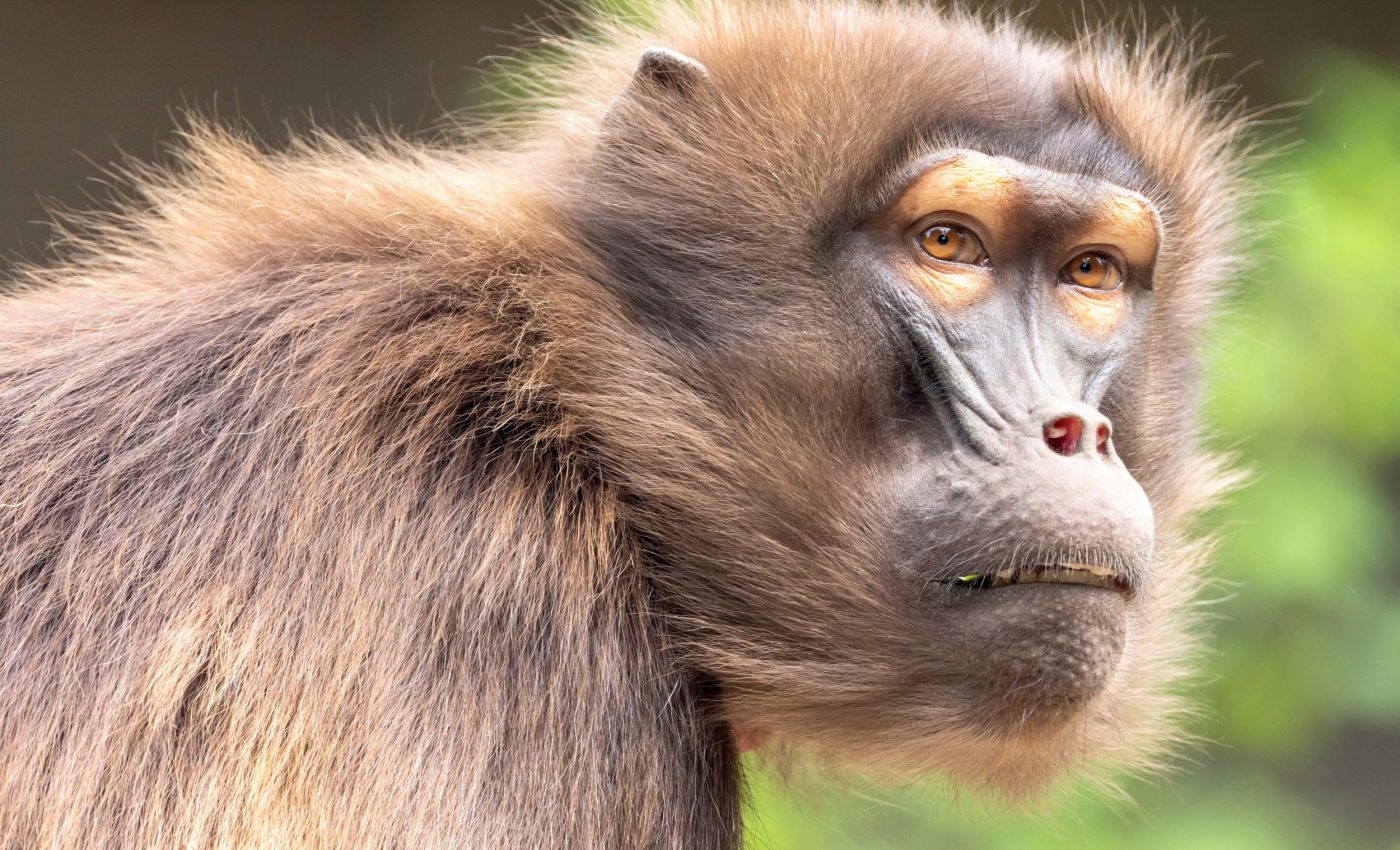
Are we witnessing Earth's sixth mass extinction? Fears may be overstated
For years, headlines have warned that Earth is entering its sixth mass extinction. Many experts believe that human activity has pushed species loss to levels not seen since the dinosaurs disappeared.
But a new study from the University of Arizona challenges that narrative, suggesting the crisis may not be accelerating as rapidly as many assume.
According to the research, extinctions among plants, arthropods, and land vertebrates actually peaked more than a century ago and have been declining ever since.
The finding paints a more complex picture of biodiversity loss – one in which the most dire predictions might rest on shaky ground.
A closer look at extinction data
The researchers analyzed data from nearly two million species and closely examined 912 species that went extinct in the past 500 years.
The team found that the majority of those losses occurred among island-dwelling species, particularly mollusks and vertebrates, often due to invasive species introduced by humans.
Rats, pigs, and goats brought to islands like Hawaii decimated native species that had evolved without such predators.
The study was conducted by Kristen Saban and John Wiens in the Department of Ecology and Evolutionary Biology at the University of Arizona.
“We discovered that the causes of those recent extinctions were very different from the threats species are currently facing,” said Wiens.
“This makes it problematic to extrapolate these past extinction patterns into the future, because the drivers are rapidly changing, particularly with respect to habitat loss and climate change.”
Past extinctions aren’t reliable predictors
The research argues that many past extinctions cannot reliably predict what’s happening now.
During the past 500 years, the biggest culprits were invasive species on islands. Today, the dominant threat has shifted to habitat destruction on continents.
As forests are cleared and freshwater ecosystems are polluted, entire communities of species are pushed to the edge.
Saban noted that the team was surprised by how poorly past extinction patterns predicted present-day risks.
“To our surprise, past extinctions are weak and unreliable predictors of the current risk that any given group of animals or plants is facing,” she said.
Extinction rates vary widely
The study revealed that extinction rates varied widely among groups, with mollusks and vertebrates hit hardest, while plants and arthropods experienced fewer losses overall.
On islands, invasive species played a major role in wiping out local biodiversity. But on continents, habitat loss stood out as the top threat.
The researchers also noted that freshwater habitats have been particularly vulnerable to human impacts.
The role of climate change
One of the study’s more unexpected findings was that climate change hasn’t yet been a major recorded driver of extinction.
“That does not mean that climate change is not a threat,” Wiens said. “It just means that past extinctions do not reflect current and future threats.”
The absence of clear data on climate-driven extinctions may be due to the time lag between environmental change and species decline. The full effects of global warming may simply not have played out yet.
To gauge ongoing risks, the researchers examined conservation statuses for more than 163,000 species, as classified by the International Union for Conservation of Nature (IUCN).
“The current threat level provides probably our best hint of what is currently happening and might happen in the near future,” Wiens said.
“We found the patterns of today’s threats to be different from those of past extinctions. For example, most extinct species are mollusks and vertebrates on islands that were driven extinct by invasive species, but most threatened species today are mainland species facing habitat destruction.”
Declining extinction rates offer hope
Contrary to widespread belief, the analysis found no evidence that extinction rates are speeding up.
“We show that extinction rates are not getting faster towards the present, as many people claim, but instead peaked many decades ago,” Wiens said.
For arthropods, plants, and land vertebrates, extinction rates have actually declined since the early 1900s, noted Wiens.
He added that one of the reasons for declining extinction rates is that many people are working hard to keep species from going extinct. “And we have evidence from other studies that investing money in conservation actually works.”
The crisis is not over
Saban emphasized that the study shouldn’t be misread as minimizing the biodiversity crisis. “Biodiversity loss is a huge problem right now, and I think we have not yet seen the kinds of effects that it might have,” she said.
“But it’s important that we talk about it with accuracy, that our science is rigorous in how we’re able to detail these losses and prevent future ones.”
By stepping back from the alarmist framing that often dominates discussions of extinction, the researchers hope to encourage more nuanced, data-driven approaches to protecting life on Earth.
“If we’re saying that what is happening right now is like an asteroid hitting Earth, then the problem becomes insurmountable,” Saban said.
“By looking at the data in this way, we hope that our study helps inform our overall understanding of biodiversity loss and how we can come up with better ways to address it.”
The study is published in the journal Proceedings of the Royal Society B: Biological Sciences.
—–
Like what you read? Subscribe to our newsletter for engaging articles, exclusive content, and the latest updates.
Check us out on EarthSnap, a free app brought to you by Eric Ralls and Earth.com.
—–













